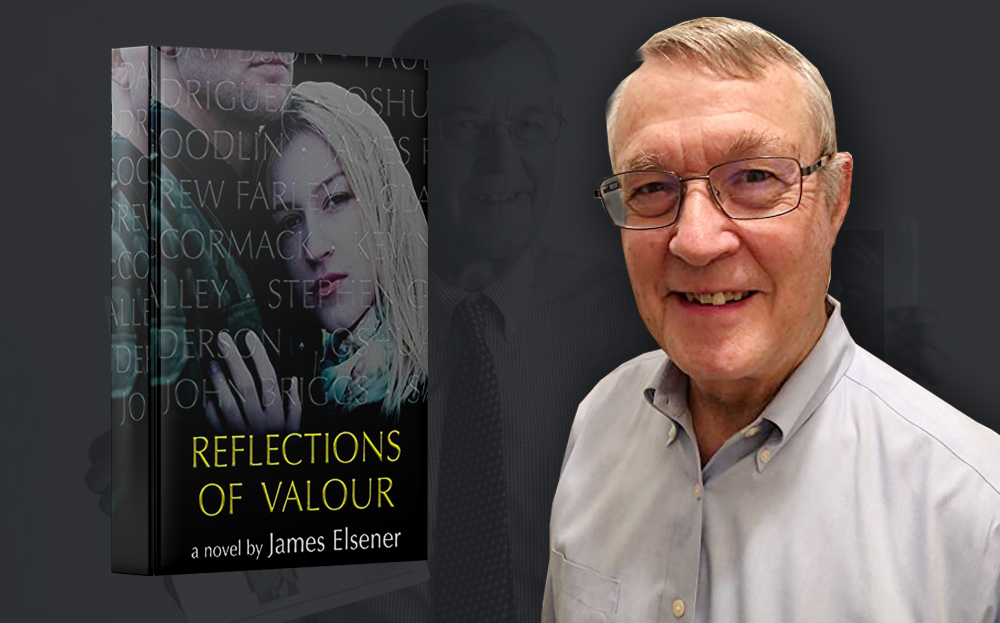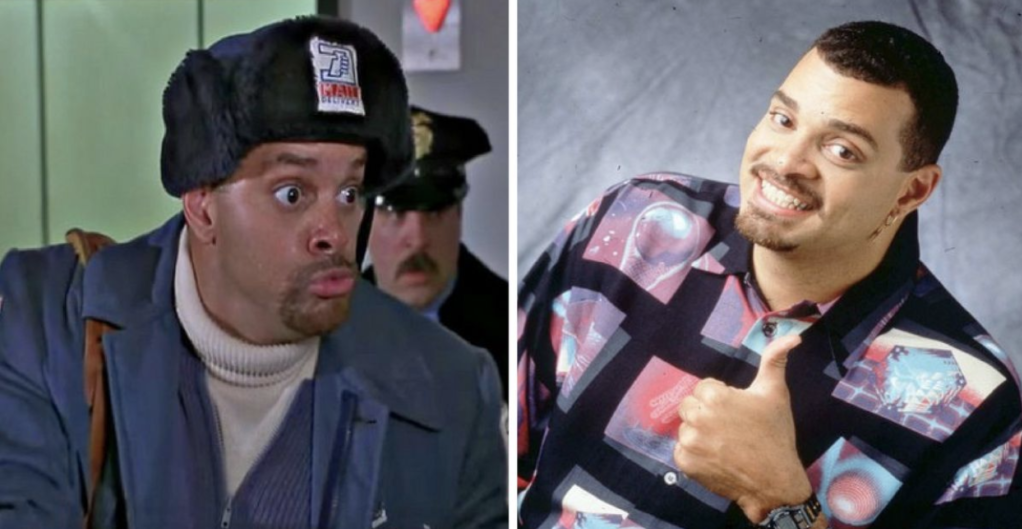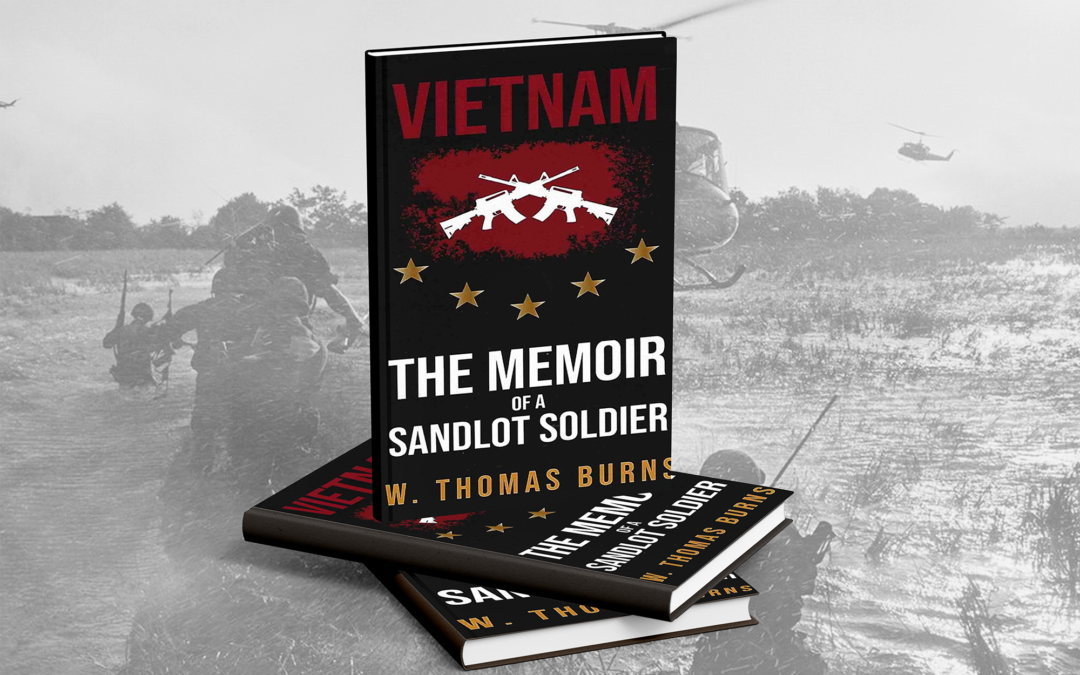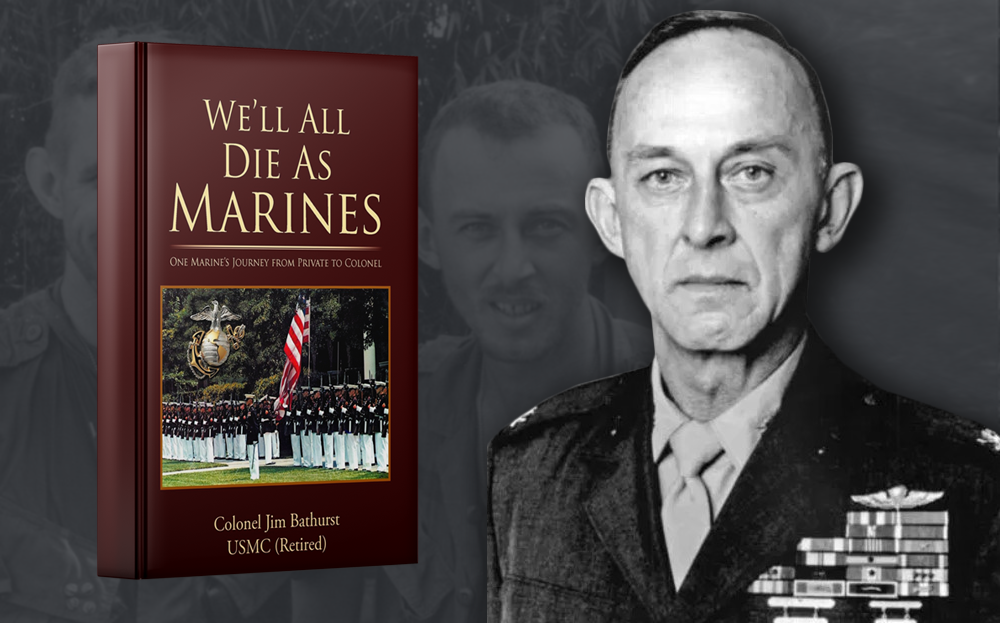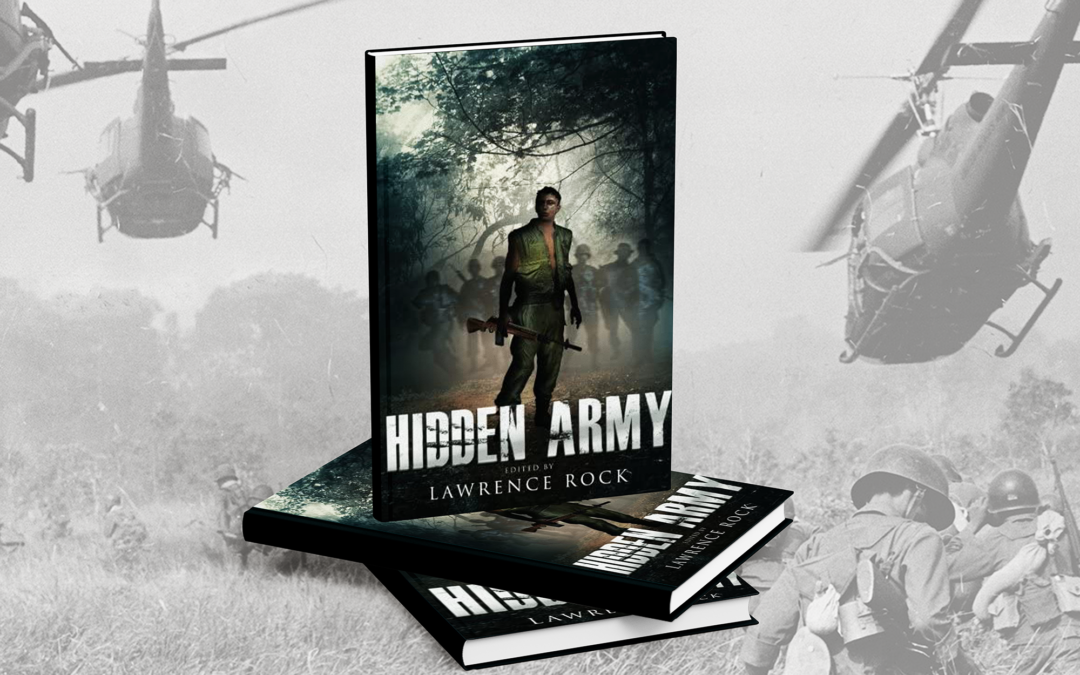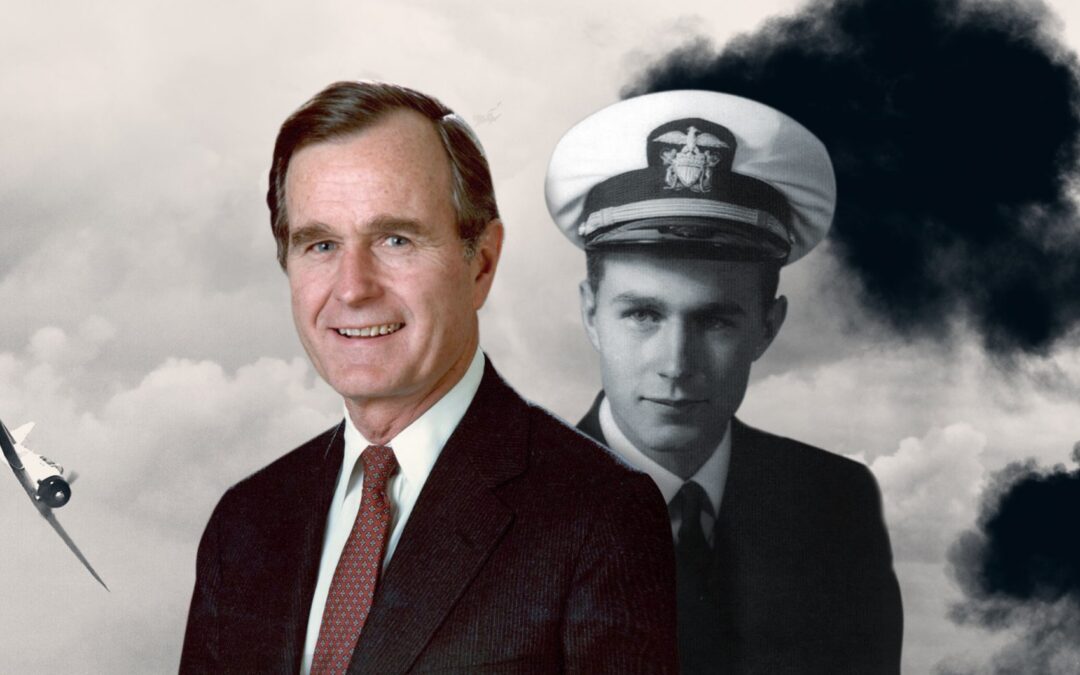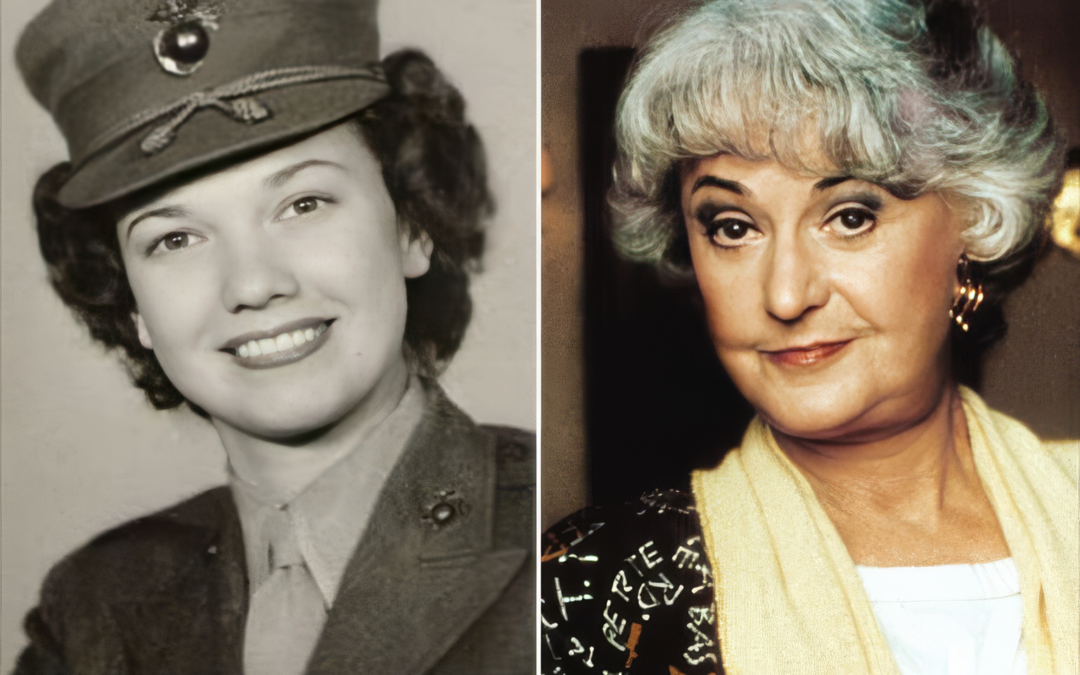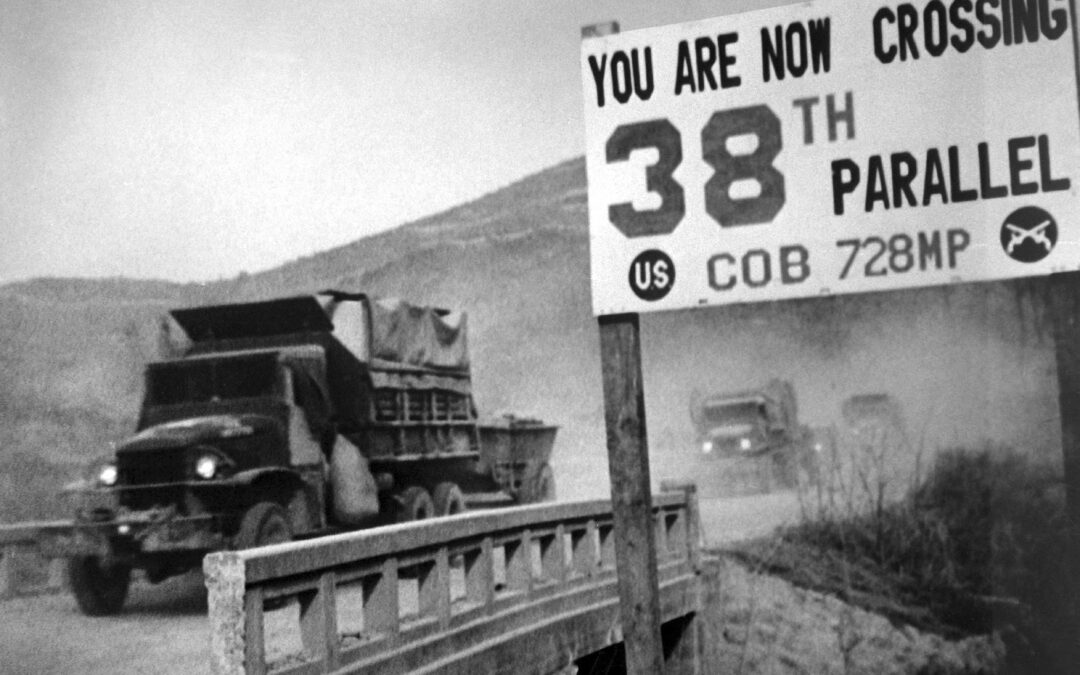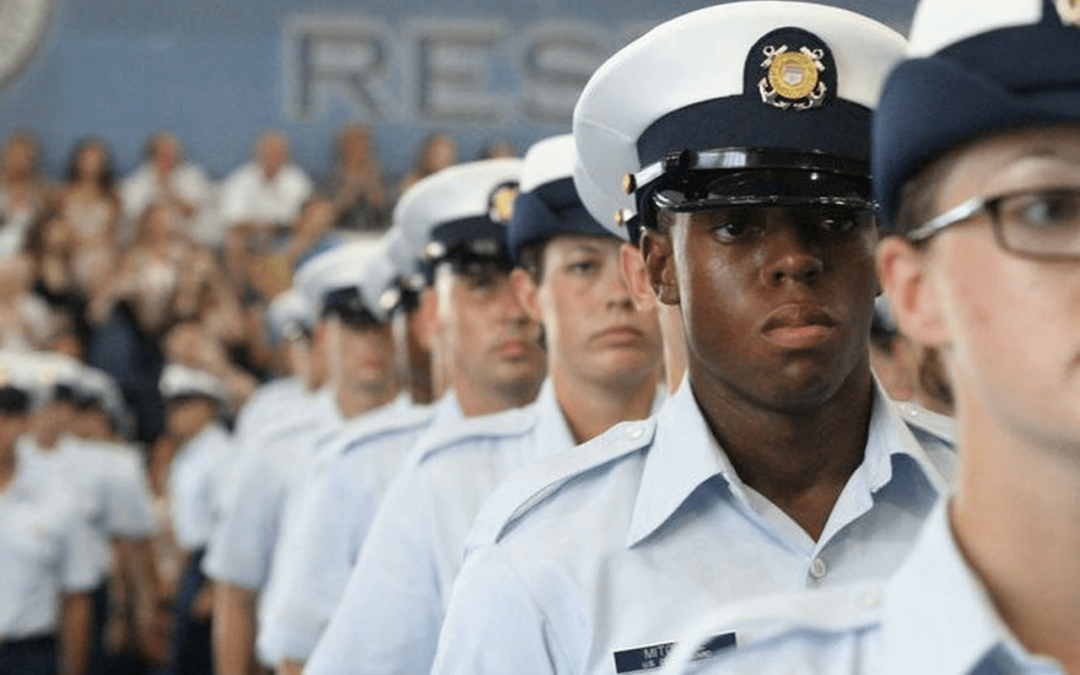Reflections of Valour is a tale of untested lovers from different backgrounds during the tumultuous early days of the Vietnam War. Brenda Walker attends an exclusive East Coast women's college and enjoys the trappings of her wealthy suburban environment. John Briggs is from a modest Midwestern working-class family, dedicated to his career as a Marine. Despite their differing worldviews and priorities, their relationship develops and deepens. When he is called to war, Briggs is torn between a sense of duty and having to leave behind the woman he loves. When he departs to serve his country overseas, their future is thrown into uncertainty. In Vietnam, Briggs emerges as a leader among the young troops trying to survive combat. The reader experiences the exhilaration, the boredom, the confusion, and the horrors of war. Briggs witnesses many atrocities and tragedies, from the murder of Vietnamese civilians to the death of his brothers-in-arms in a tragic accident. He narrowly escapes...
